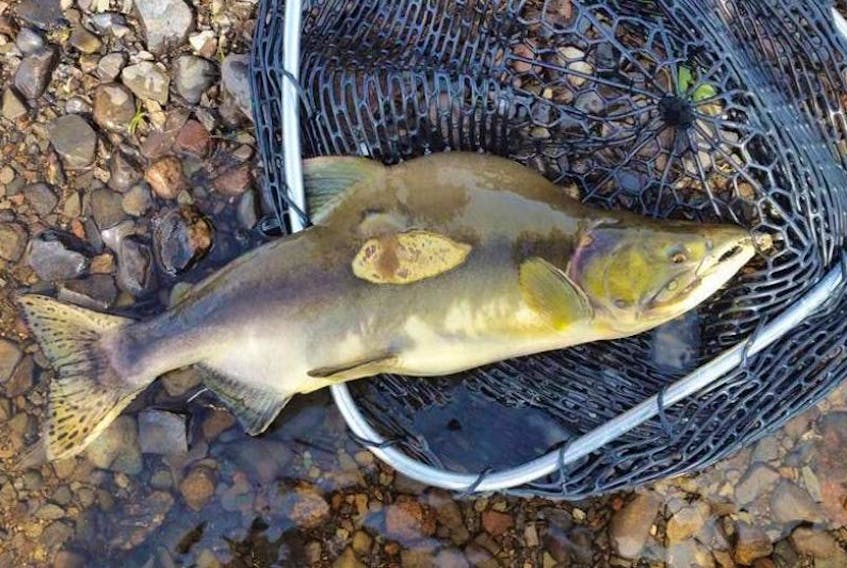GANDER, NL – It will be another six months before the Department of Fisheries and Oceans Canada (DFO) completes genetic analysis of the Pacific pink salmon found in Newfoundland and Labrador rivers last year.
Back in September, DFO received three reports of pink salmon in the province – two at Sand Hill River in Labrador and one on the Gander River.
At the time, the department had made sampling arrangements for genetic testing of the Gander salmon.
Related: Three pacific salmon documented
However, the analysis has yet to be completed.
Dr. Ian Bradbury is currently working on DNA testing of a pink salmon found in the Gander River. Based on physical characteristics, it was confirmed that this was a pink salmon, which is a species of Pacific salmon. Dr. Bradbury has sent samples to DFO’s lab at the Pacific Biological Station to confirm species identification and identify its region of origin, and is now awaiting the results.
“This DNA testing has taken more time than expected as the process involved searching for baseline data (or comparative data), which included searching all possible regions of origin to compare with the pink salmon,” according to a statement issued by DFO. “Now that baseline data has been identified, it will take up to six months to determine the origin of this fish.”
Findings from the analysis will be made known to the public when completed.









